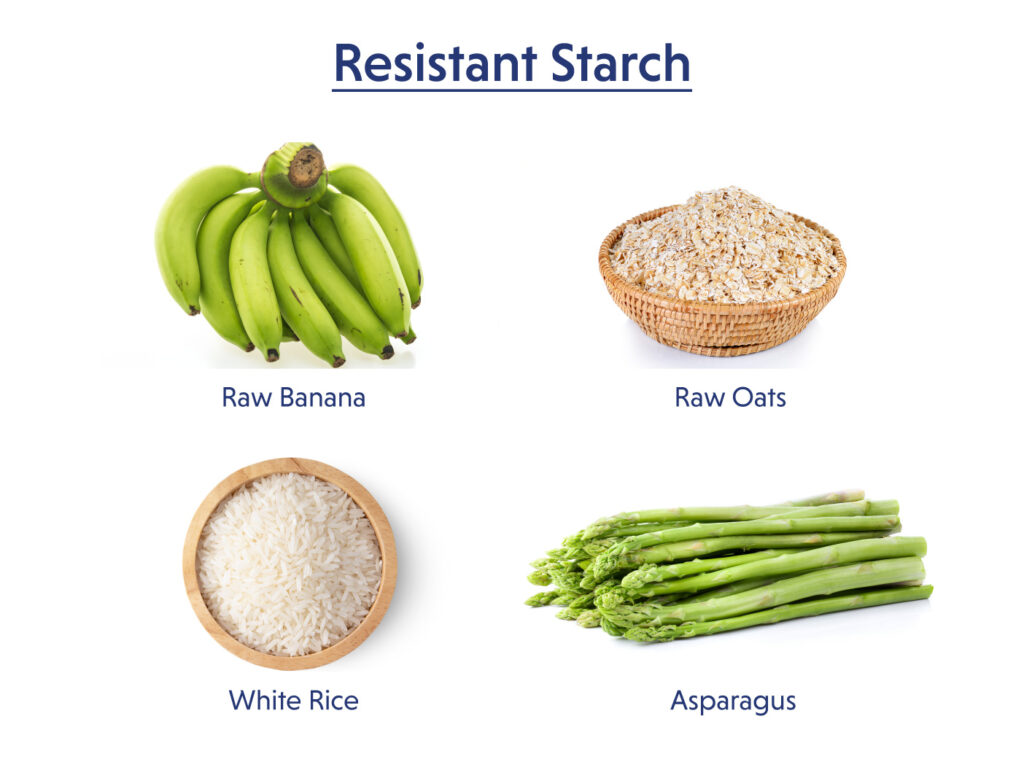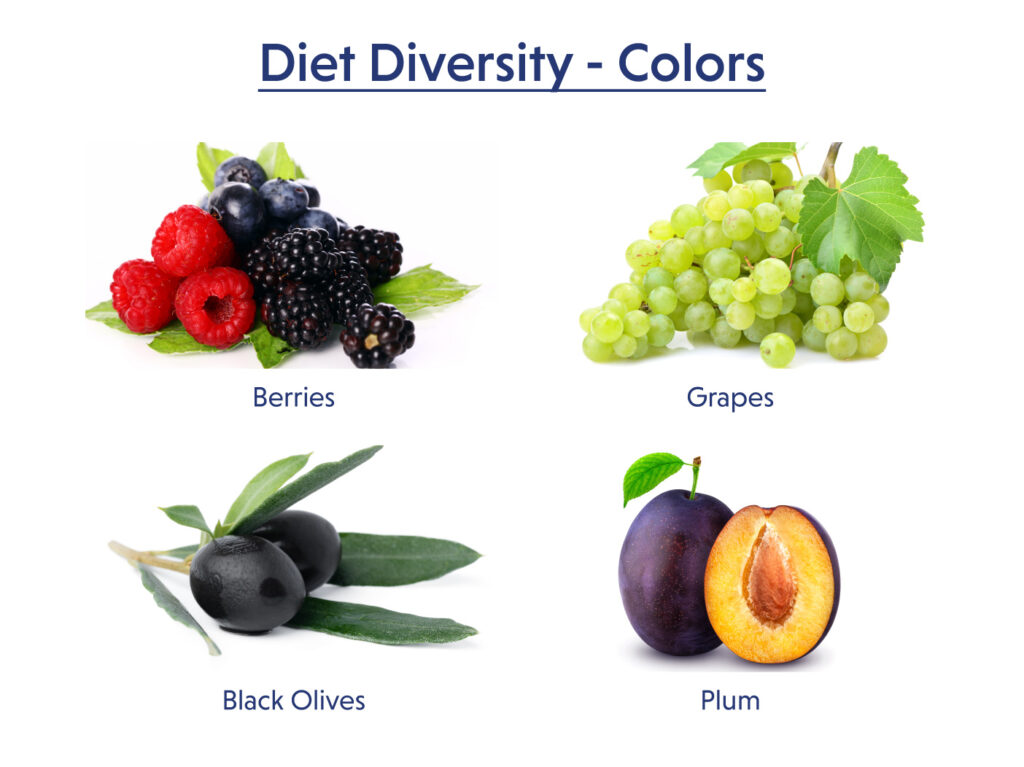Diet Diversity – A Way to Heal Your Gut
Since our gut has a tremendous influence on our health and disease susceptibility, one needs to understand how the gut works. Gut health depends upon the composition of its microbial community, which is known as the gut microbiota or gut microbiome.
The human microbiome is designed differently for every individual at the time of birth. This microbial composition continues to change due to multiple factors. Some factors are – how the babies are fed, environmental factors, medication, and stress. Therefore, we must be mindful of our social and behavioural changes and lifestyle patterns.
Studies have shown that diet diversity, meaning the variety of food one consumes, is one of the most influencing factors for gut health. Plant-based foods are best suited for diet diversity. This is because the components present in fruits, vegetables and other plant foods support our overall health. The two main components which are responsible for diet diversity are FIBERS and COLORS. Fermented foods or probiotics also play an influential role.
- FIBER
When we study the gut microbiome, we learn it consists of different types of microbes. Therefore, food diversity will help feed various bacteria and assist in their growth. Fibers mainly include prebiotics, resistant starches and general fibers.
Fibers are difficult to digest and so pass through our gut in their original form. They, later on, serve as food to the microbes. But if an individual feeds on only one type of fiber, it will promote only a limited variety of bacteria.
For instance, a typical western diet doesn’t include different types of fibers. They consume mostly wheat-based foods like toast, pasta, crackers and baked goods. Whereas, a diverse style diet proves to be more beneficial as it comprises plenty of fibers present in fruits, vegetables, nuts, seeds, legumes and whole grains.
- PREBIOTICS
Prebiotics are the source of food for your gut’s healthy bacteria and thus, help them to grow. Some foods that contain prebiotics are:
- Onions
- Garlic
- Oats
- Shallots
- Apple
- Nuts like cashews
- Chickpeas
- RESISTANT STARCH

These are the starches that escape absorption before they reach the gut. You can get it straight from supplements as well as plant products. Consuming plant foods helps provide the gut with fiber, in addition to antioxidants, vitamins and minerals. Some foods containing these fibers are:
- Asparagus
- Raw green banana
- Raw oats
- Legumes
- Cooked potato
- White rice
- DIET DIVERSITY —CONSIDERING THE COLORS

Plant food colours indicate the presence of different polyphenols which are a group of antioxidants. The more intense the colour, the higher the concentration of the antioxidant present. Some foods that are polyphenol-rich are:
- Berries
- Grapes
- Plum
- Nuts and seeds with dark-coloured skin
- Black and red rice
- Black olives
- FERMENTED FOODS OR PROBIOTICS
Probiotics are the live bacteria present in the food that will help increase the community of good bacteria living in your gut. Consequently, the microbiome diversity will also improve along with a decrease in the number of inflammatory proteins. Many studies have confirmed the role of probiotics in reducing inflammatory pains caused due to any underlying disease. Thus, it will help you boost your immune system. Certain foods that contain probiotics are:
- Yogurt
- Fermented cottage cheese
- Kefir
- Kimchi
- Buttermilk
- Sourdough bread
BENEFITS OF DIET DIVERSITY ON GUT HEALTH
Dietary diversification involving the consumption of a range of whole foods is beneficial for our gut in many ways-
- IMPROVING IMMUNITY
When a diverse diet supports the formation of a diverse microbiome, an individual’s overall health and immunity improve. On the other hand, the loss of diet diversity will reduce the microbes in our gastrointestinal tract. This will further trigger the onset of several diseases such as autoimmunity, diabetes, obesity, autism, cardiovascular diseases and even cancer.
- ADEQUATE NUTRIENT INTAKE
Diet diversity can provide essential nutrients required by the body for good health. For example, a rice and legume meal can be accompanied by a vegetable. This will help you intake a combination of proteins, carbohydrates and vitamins altogether in one meal.
- MAINTAINING A HEALTHY WEIGHT
Diet diversity helps you maintain a healthy eating pattern. One will have a good intake of plant sources, protein foods, and nuts and less consumption of sweets, sugary beverages, unhealthy fats and red meat.
- MANAGE STRESS
A balanced diet supports a healthy immune system and repairs damaged cells. This provides extra energy to cope with stressful situations. Certain foods like those rich in omega-3 fatty acids and vegetables are also said to regulate cortisol (stress hormone) levels.
HOW TO PROMOTE DIET DIVERSITY AT HOME

- Challenge yourself to add grocery items that you usually don’t buy at the store. This will help you come across many food items that have been ignored for years but are of great nutritional value.
- Create a meal plan inclusive of some new food ingredients that will add to the nutrient content of the prepared food. For example, the nutritional value of a simple banana smoothie can be enhanced by adding nuts and seeds to it.
- Add variety to your snacks or meals by swapping the regular food items. For example, some days instead of almonds go for walnuts or pears in place of apples.
- Choose seasonal foods to minimize the cost. Adapting diet diversity must be pocket friendly so people from low-income groups can also follow without worrying. For instance, try adding broccoli to your meal plan in winter, you will find it cheaper than in other seasons.
- Avoid frequent snacking. Snacking at odd times leads to overeating and consumption of unhealthy food. Therefore, learn to swap your fried crisps with toasted nuts and seeds.
- Avoid intake of highly processed foods like chocolates, ice cream, bakery products, and fast foods such as French fries, burgers, etc.
- Avoid frequent consumption of high-sugar, fat and meat products.
- De-stress yourself. A chronic stressful event can reduce microbial diversity and increase intestinal permeability instead. This is because stress can trigger cravings for processed foods high in sugar, fats and salt.
Therefore, opt for mindful meditation, exercising and talking to your loved ones to calm down your mind and help improve your gut health.
CONCLUSION
Diet diversity is a process of increasing the variety and quantity of nutrient-rich foods in a household’s diet. Hence, it would be best if you begin to bring the diversification of food in your infants at the age of 4-6 months. This is the optimal time period for the taste development of your infant. Download the JOYSCORE APP to begin a healthy and happy life.
To know more about Diet Diversity – A Way to Heal Your Gut Download the Joyscore App Now!
Download on the Appstore
Get it on Google Play



